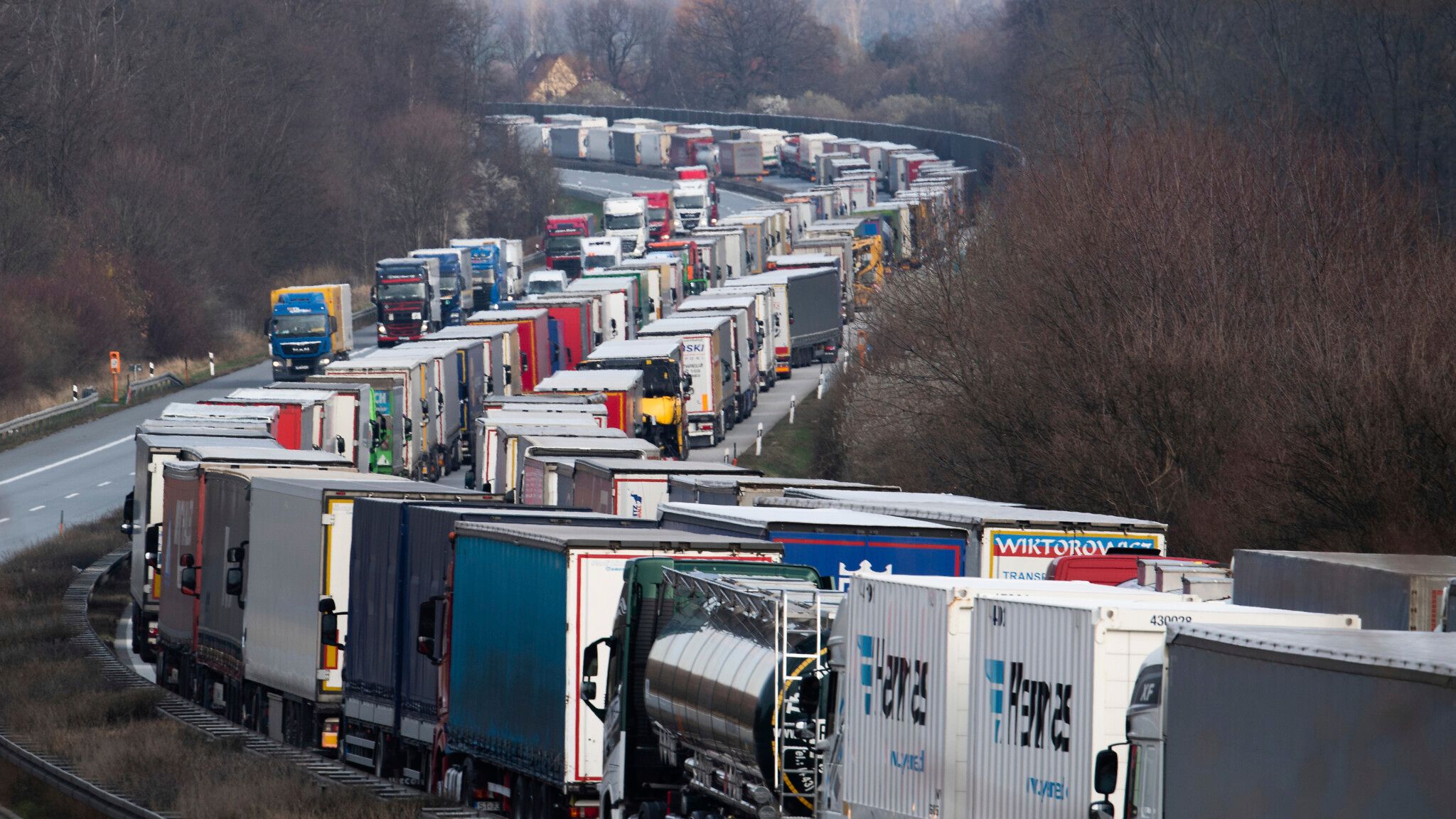Port congestion is an unavoidable part of the global shipping industry. There’s always going to be some level of logjams getting shipments in, out, and around but what we see now ain’t pretty. So who/what do we have to thank for this? If you guessed any mix of COVID-19, blank sailings, pandemic lockdowns, and equipment availability, congratulations! You’ve been paying close attention.
LA And Long Beach Ports Are Hit Hardest
In response to the initial COVID-19 lockdowns and restrictions that disrupted global supply chains, container shipping alliances cut costs by issuing higher levels of blanks sailings across all regions. The increased blank sailings disturbed the balance of container demand and availability at many ports.
When US lockdown restrictions eased in June 2020, all ports have been operating at maximum capacity at around 80-85%. Imports from Asia to the Los Angeles-Long Beach ports rose over 20% from 2019 levels.
This may all sound terrific economically; however, these import volume increases have not been matched with higher operating capacity in equipment, storage, or labor. The Los Angeles-Long Beach ports are also dealing with delayed vessel arrivals, which has caused chassis shortages in Southern California and has added to the region’s logistical bottleneck that is expected to last well into 2021.
Okay, But Where Are You Going To Put That?
Higher and wider. Terminal operators are stacking more containers than before, making it more necessary to make multiple moves to access containers. The extra labor and time required to move a container from the port increases terminal costs and delays the release of cargo for its final delivery leg inland.
Port congestion has also disrupted trucking operations. Turn times (the time to drop off and pick up a container within the terminal) have increased by a third from June to October. More and more truckers now spend hours more than usual waiting to pick up their load from the ports.
These and other delays have increased rates for shippers facing detention and demurrage surcharges by ocean carriers and marine terminals. This is on top of higher spot rates and surcharges for intermodal shipments by rail carriers.
And we haven’t even begun on the extended container and chassis dwell times.

Sassy Chassie
The Port of LA recently reported a shortage of more than 230 chassis. In an attempt to ease congestion at the port, a free Return Signal Platform (RSP) has been implemented. The RSP provides visibility to truckers as to when and where they can return empty containers. There are hopes this will create more opportunities for more efficient ‘drop-and-hook’ scenarios, but this may only be a viable short-term solution as drivers and unions tend to resist automation.
The overlooked reality of congestion is how equipment disruption affects the industry’s human workers. It’s so much more than a long wait time. A trucker can be in line for five hours or more. When they finally get to the front of the line, their appointment can have expired, and they can be turned away containerless. They miss out on the delivery, and another appointment needs to be made. This ripples throughout the industry and its workers.
Cold Hard Cash In The Time Of COVID
COVID-19 has increased the use of technology by 96% of the drivers servicing the Port of Los Angeles, but many remain skeptical.
Pickup delays can be partially blamed on COVID-19 protocols. For drivers, getting paid has been made unnecessarily difficult because they have to offer proof to justify their performance. To receive payment, it has been put upon the driver to explain the reason for additional charges caused by longer wait times and equipment shortage all along the supply chain.
As stated above, long lines can lead to missed appointments. These missed appointments can lead to a driver having to go to the port twice or even more times before they move any cargo. This all requires more work from the driver, the dispatcher, and customer service workers. It’s even gotten to a point where drivers stand outside their trucks taking selfies in front of the long lines to prove these delays are out of control.

So What’s The Solution?
It’s not hand sanitizer, but that is still recommended. It’s all about planning. From drayage, transloading, and trucking, planning all these steps ahead of time expedites the movement of containerized cargo.
It also keeps shippers in the loop about the location and status of their cargo. Effective planning helps avoid demurrage charges and unforeseen hiccups along the way. With greater coordination, unfulfilled orders can be avoided, and supply chains can be less volatile. All of this adds up to fewer surcharges and delays, which equals headaches avoided for both truckers and shippers.
These are all things our team at CargoTrans can help you with. And we are standing by to take your calls, questions, and emails.





